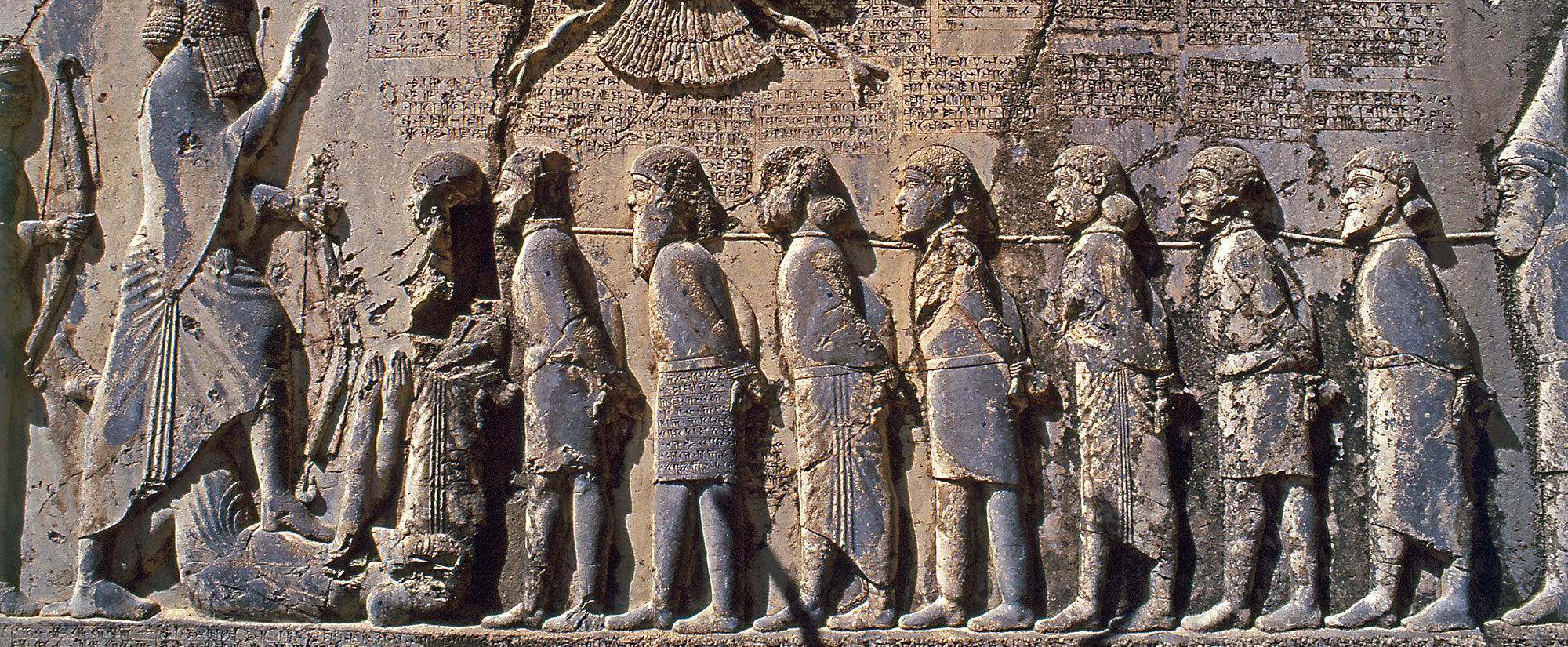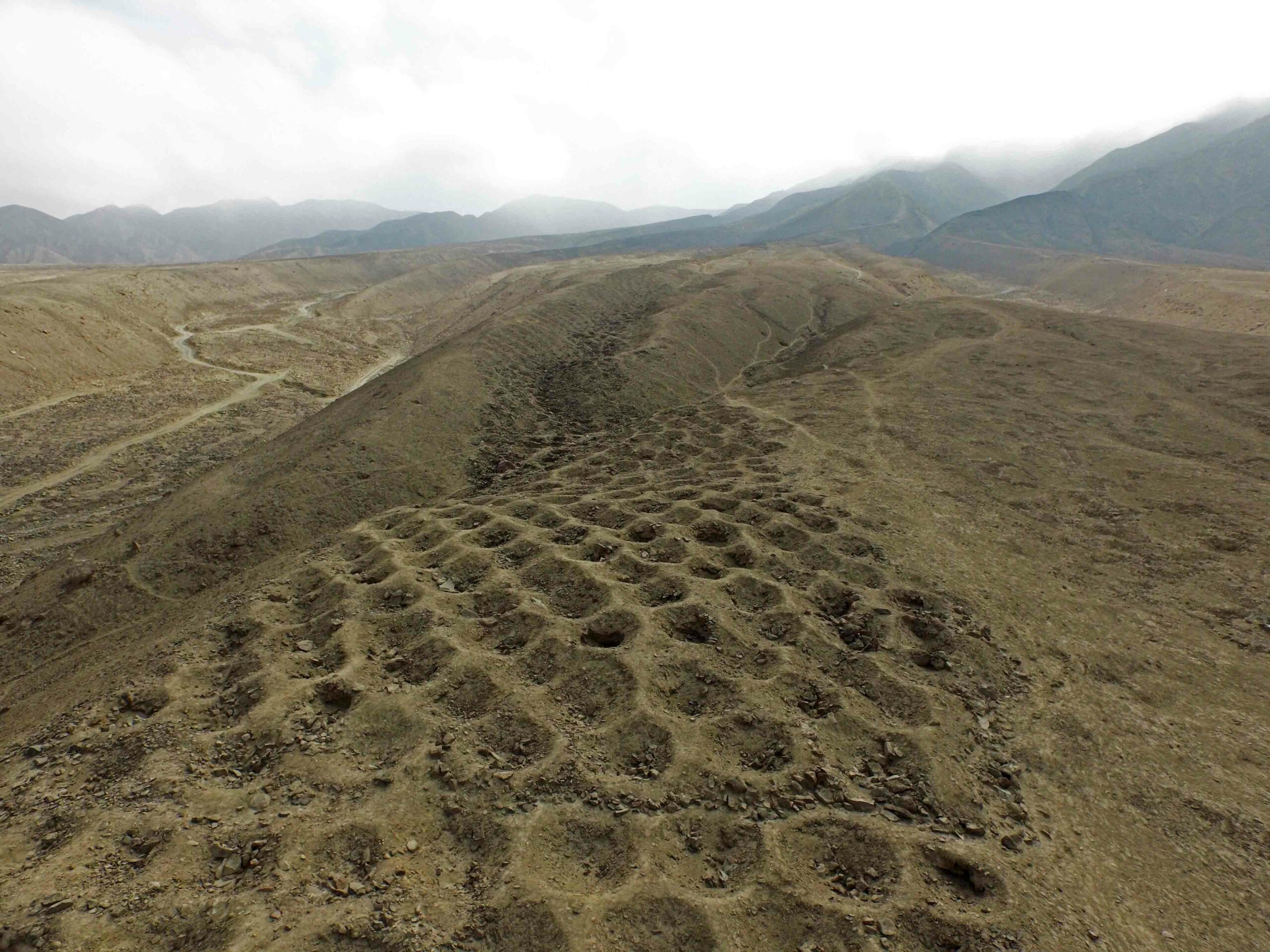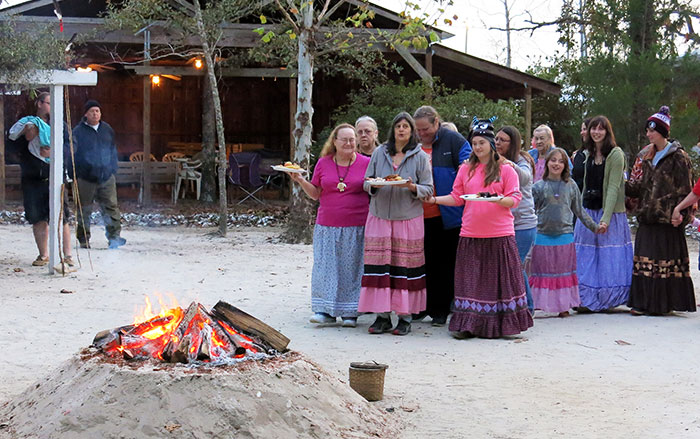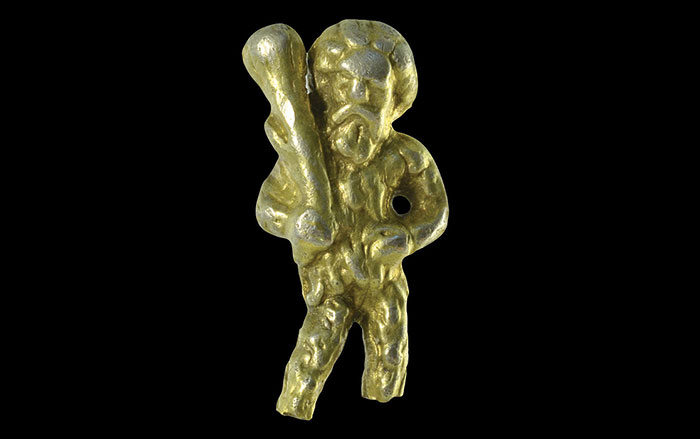
The massacre took place roughly 10,000 years ago, but the victims’ bones weren’t buried; they lay on the ground at the site of Nataruk near the shore of Kenya’s Lake Turkana. Millennia later, they were discovered entirely by accident. Marta Mirazon-Lahr of the University of Cambridge had planned to explore a sediment layer dating to the time when the first Homo sapiens lived in the area, but her team first found 12 skeletons emerging from the ground due to erosion. Ten of the skeletons show signs of violent deaths: heads had been smashed with clubs, an obsidian arrow tip was embedded in the top of one skull, and another person’s face has a deep cut that may have come from a club inset with obsidian blades. Mirazon-Lahr believes the attack was not the result of a chance encounter between bands of hunters because the wounds were caused by fragile weapons that would have had little use in hunting.
Archaeological evidence of prehistoric warfare is hard to find, and mostly comes from much later villages or settlements. This had previously led researchers to believe that sedentism was a prerequisite for organized conflict. What is interesting about the incident at Nataruk is that it appears to have occurred between groups of hunter-gatherers, and the discovery is upending assumptions about what provokes violence between groups of people. According to Mirazon-Lahr, the area around Lake Turkana was an excellent hunting ground 10,000 years ago—a paradise, in effect. The attackers were probably not starving and probably did not go to war as a last resort. Lake Turkana is surrounded by mountains, which might have allowed one group of people to control access to the area near Nataruk. The critical issue was not sedentism, thinks Mirazon-Lahr, but differences in wealth. “In the world of hunter-gatherers,” she says, “wealth is probably defined as access to the best hunting grounds.”












